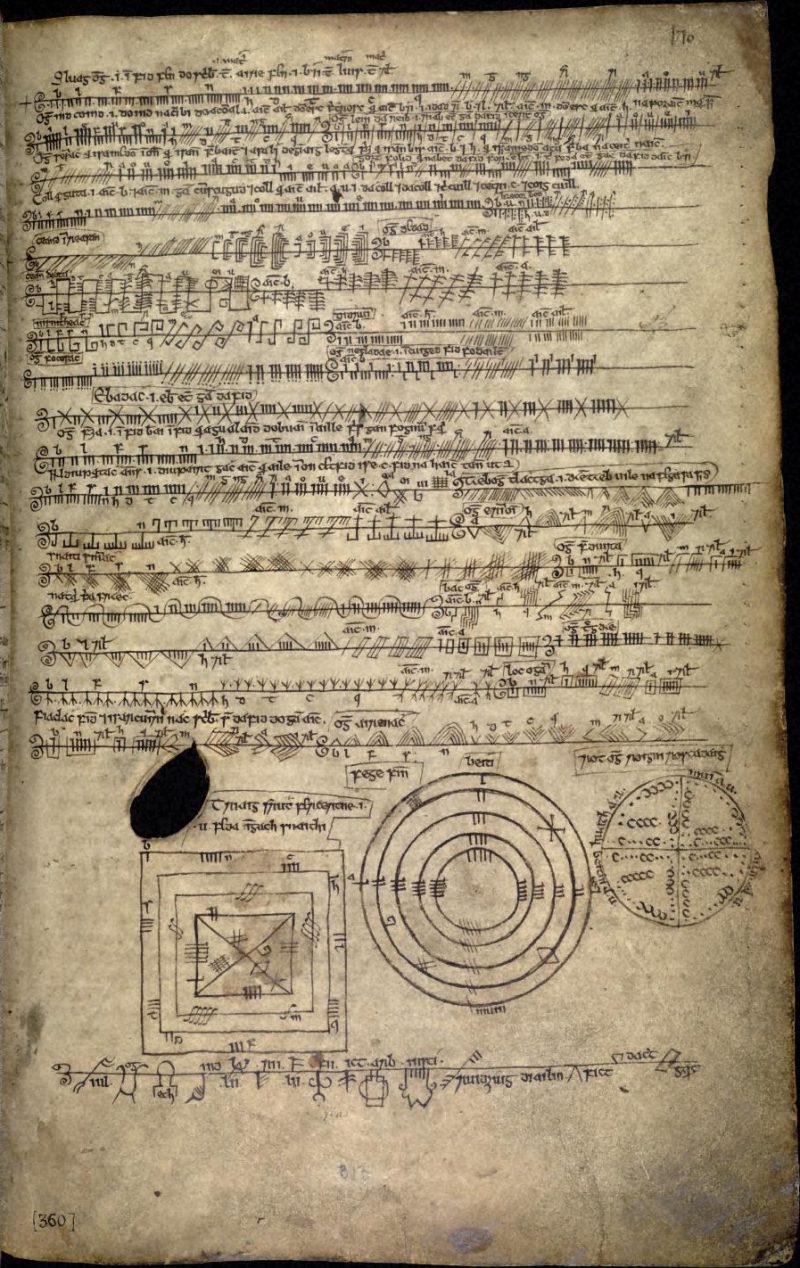|
├║ath
Uath, Old Irish ├Üath, h├Üath (), is the sixth letter of the Ogham alphabet, ßÜå, transcribed in manuscript tradition, but unattested in actual inscriptions. The kenning "a meet of hounds is ''huath''" identifies the name as ''├║ath'' "horror, fear", although the Auraicept glosses " white-thorn": :''comdal cuan huath (.i. sce L. om); no ar is uathmar hi ara deilghibh'' "a meet of hounds is ''huath'' (i.e. white-thorn); or because it is formidable (''uathmar'') for its thorns." The original etymology of the name, and the letter's value, are, however, unclear. McManus (1986) suggested a value /y/ (i.e. the semivowel . Peter Schrijver suggested that if ''├║ath'' "fear" is cognate with Latin ''pavere'', a trace of PIE ''*p'' might have survived into Primitive Irish, but there is no independent evidence for this. Br├Łatharogam In the medieval kennings, called ''Br├Łatharogam'' or ''Word Ogham'' the verses associated with ''├Üath'' are: cond├Īl c├║an - "assembly of packs of hounds ... [...More Info...] [...Related Items...] OR: [Wikipedia] [Google] [Baidu] [Amazon] |
Ogham
Ogham (also ogam and ogom, , Modern Irish: ; , later ) is an Early Medieval alphabet used primarily to write the early Irish language (in the "orthodox" inscriptions, 4th to 6th centuries AD), and later the Old Irish language ( scholastic ogham, 6th to 9th centuries). There are roughly 400 surviving orthodox inscriptions on stone monuments throughout Ireland and western Britain, the bulk of which are in southern areas of the Irish province of Munster. The Munster counties of Cork and Kerry contain 60% of all Irish ogham stones. The largest number outside Ireland are in Pembrokeshire, Wales. The inscriptions usually consist of personal names written in a set formula. Many of the High Medieval '' Br├Łatharogaim'' (kennings for the ogham letters) are understood to reference various trees and plants. This interpretation was popularized by Robert Graves in his book '' The White Goddess''; for this reason, Ogham is sometimes known as the Celtic tree alphabet. The etymology of ... [...More Info...] [...Related Items...] OR: [Wikipedia] [Google] [Baidu] [Amazon] |
